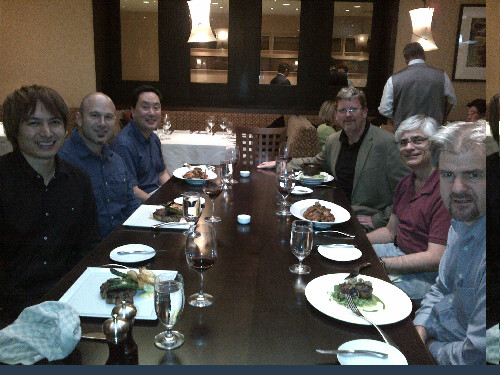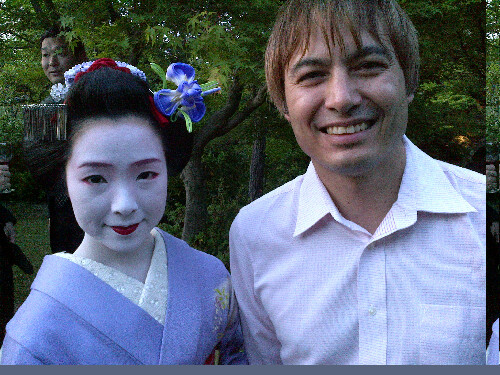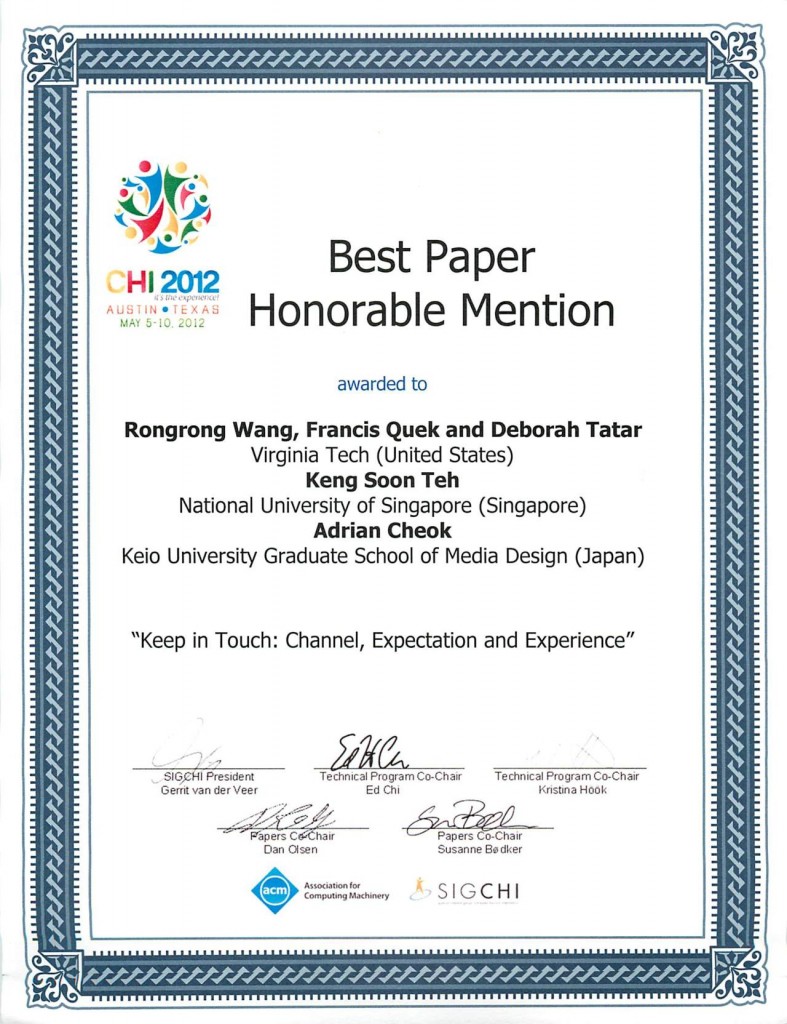Ogilvy is one of the world’s largest advertising companies in the world. It is a truly global company. For the first time in seven years they are having an internal conference for their top global executives and it is in Kyoto. About 4 or 5 people have been asked to come to give talks and workshops. I have been asked to give an Innovation workshop. I will give it four times in a row. My plan is to give a short talk on methods to be creative, and then we will do a short workshop in groups. I have set up a workshop which is based on imagining you are a ninja from 17th century transported to 21st century. Using only materials available in 17th century you have to find a creative solution to recovering an ancient scroll from the Kyoto national museum. Then as a group we will story tell our idea and invention. The main message is to be creative use all parts of your senses and brain. Think, sketch, draw, make, communicate, and iterate.
So it is mainly Ogilvy company executives, and it is very interesting to be part of this company event. The conference is very powerful, at the opening, CEO Paul Heath said the aim is for the company staff to be the best in the whole world. That vision is really inspiring and that is the kind of vision I always want to be part of. Ogilvy is all about creativity. They want to be the best storytellers, natural collaborators, and to be effective in delivery. I agree with this. Innovation is about creative ideas. But without collaborating and making a real world output, it is simple an idea. We need to turn creative ideas into reality.




